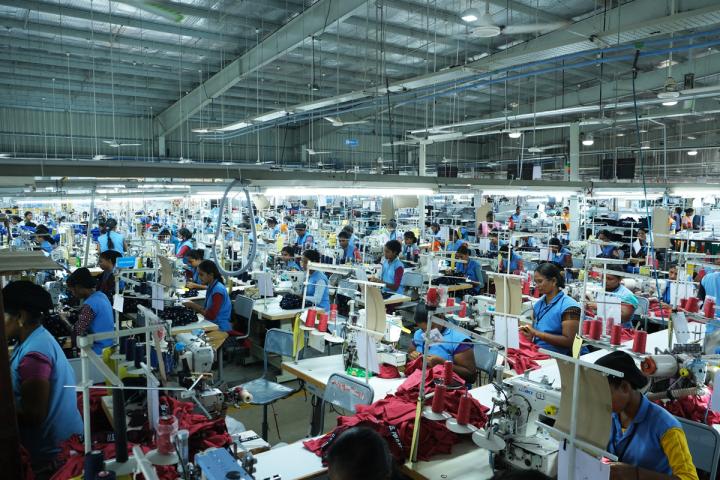
Matchmaking Strategies Enhance Hiring in Volatile Labor Markets
In a labor market made dynamic by the effects of COVID and “the Great Resignation,” external hiring is essential. According to new ILR School research, worker mobility presents a golden opportunity for employers. There’s a caveat, though, as it only works if organizations do a better job capitalizing on a treasure trove: a potential employee’s career-related information.
“The paper is a mix between a review of prior research and new theory,” said Associate Professor Rebecca Kehoe. “We pull together insights from previously fragmented research on a variety of hiring practices in which organizations leverage prospective employees’ prior employment affiliations to increase the hiring organization’s access to particular talent pools, resources and relationships.”
Published in Personnel Psychology, “Hiring by Professional Affiliation: The Benefits and Challenges of Leveraging Prospective Hires’ Prior Employment Ties to Improve Matching and Access to Resources,” was authored by Kehoe, Associate Professor JR Keller, ILR Ph.D. student Joonyoung Kim and Rhett Brymer, from the University of Cincinnati.
The researchers begin by defining six hiring-by-professional-affiliation practices – acqui-hiring, boomerang hiring, competitor poaching, formative affiliation hiring, liftouts and supply chain hiring –included in the review.
“The commonality across these practices is that they allow hiring organizations to benefit by more directly tapping into prospective employees’ unique employment histories,” Kehoe said. “The organizations where prospective employees have previously worked may offer valuable signals about such individuals’ competencies and qualities – or may be a source of knowledge or relational resources that are useful to the hiring organization in their own right.”
They discuss the conditions under which firms’ use of hiring by professional affiliation is likely to yield varied consequences for workforce composition and organizational capabilities. It ranges from replicating the status quo to increasing workforce diversity and organizational capacity for innovation and change.
For example, employers with stable business strategies and established organizational capabilities need workers who have worked in similar fields and fine-tuned their relevant competencies. This allows new hires to “hit the ground running,” and they are less prone to turnover. According to the researchers, in this context, four talent sources are particularly appropriate. They are:
- Boomerang hiring – re-hiring ex-employees who were high performers and left on good terms.
- Formative affiliation hiring – hiring based on an individual’s early-career affiliations with specific institutions, such as employment with a particular firm.
- Supply chain hiring – hiring directly from an organization’s current or prospective clients or suppliers.
- Competitor poaching – hiring directly from a competitor.
On the other hand, employers involved in transitions requiring new organizational capabilities are better off looking for “new blood” with fresh perspectives, proficiencies and ways of working. According to the researchers, in this context, two especially suitable talent sources are:
- Liftouts – hiring an existing team from another organization.
- Acqui-hires – acquiring a company to primarily gain access to its employees.
“We aim to show how hiring by professional affiliation practices may be employed not only to achieve isolated hiring goals or to gain access to a particular set of resources but as critical tools that can be wielded to support the shaping, or reshaping, of an organization’s workforce and the reinforcement and/or transformation of an organization’s capabilities,” Kehoe said.


